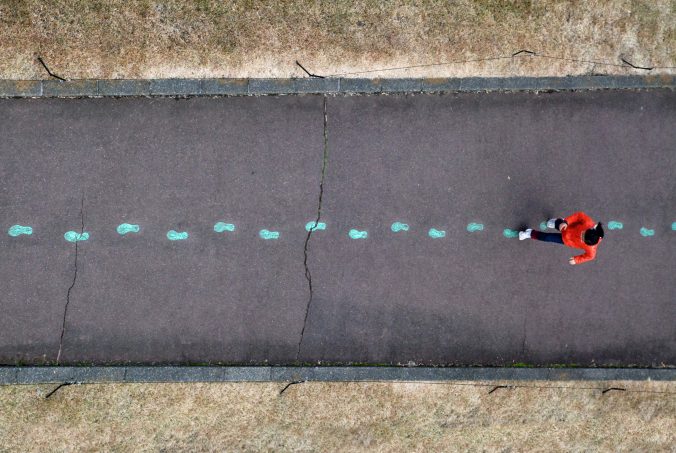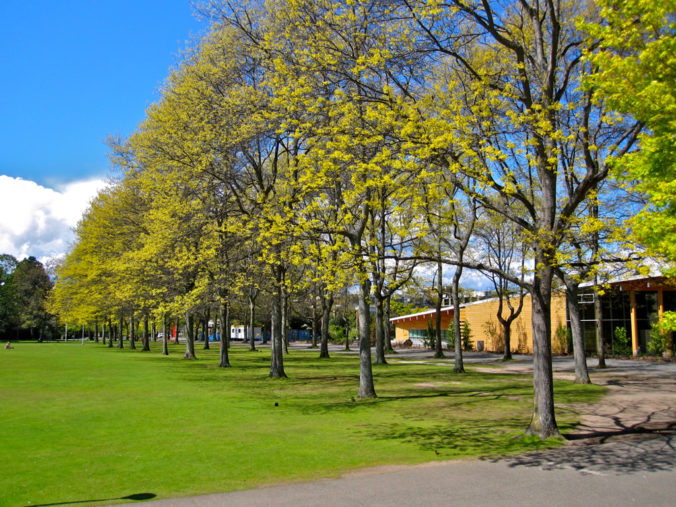1. what does it mean to network using social media?
Ever since the idea of the internet came out, networking has been improving at a ridiculous speed. In the current state of the world, people can hardly live without a network. Internet/networks give us the ability to share information anywhere anytime. As the network develops, social media is born. The idea is simple, a platform or software that can help family, friends, or company to connect with each other and share their thoughts and emotions. However, such a simple idea brought enormous advantages and efficiency to our society. We no longer need to physically go to a place to have a meeting, nor do we need to wait weeks or months for mail to arrive at our families who live across the country. Therefore, a network is the soul of social media, without a network, social media wouldn’t exist.
2. How are we motivated to participate in networked publics?
Nowadays, there are plenty of different networked publics for various uses. For example, online teaching is a classic networked public. Right now, the world is heavily affected by Covid-19, therefore, online studying groups start to increase at a speed that is never seen before. People want to learn new knowledge while still keeping themselves safe, therefore these online teaching platforms started receiving a ridiculously large number of users that they never imagined before. Take zoom for example, in 2019 just before covid appeared, the average number of meeting users on zoom was only 10 million. But just 1 year after, the average number of users is around 300 million, 30 times more than before. Who would ever think a day like this would come? These networked publics brought people tremendous convenience and efficiency, therefore most people are willing to join more networked publics in the future. We are currently living in a world that is updating technology at an insane speed. Therefore we have to adapt to new things quickly and be prepared to live a fully online life in the future.
3. What are the risks & rewards of public communications?
Everything in this world is a double-edged sword. There are no things that only have advantages, the same for public communications. Even though they brought us convenience and efficiency, there are some risks that we have to be aware of. Since we are communicating with other people, we have to put our own personal information online. This results in identity theft and information leak. Nobody wants their credit card stolen, nor does anyone want their phone number leaked and get called by scammers 24/7. The convenience of accessing knowledge online is great, but we have to protect our own information before we do anything else.
References:
matthewwoodward.co.uk/work/zoom-user-statistics/#:~:text=Today%20Zoom%20averages%20300%20million,users%20(day)%20in%20meetings.


Recent Comments